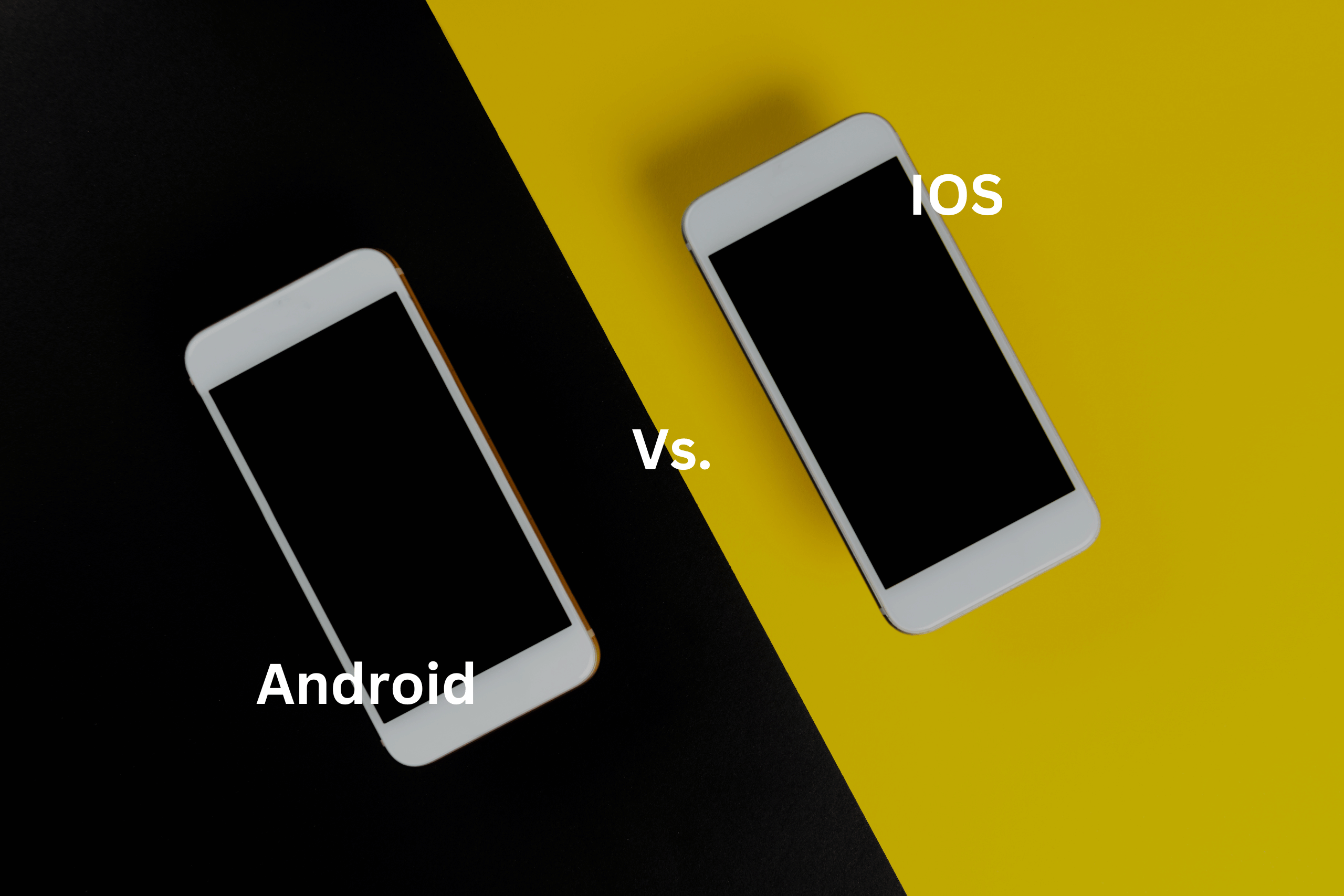
Choosing between an iPhone and an Android smartphone has been a longstanding debate among tech enthusiasts and everyday users alike. With advancements in technology, the choice has become even more nuanced, especially with leading Android brands like Samsung Galaxy and Google Pixel offering high-end features that rival Apple’s flagship devices. To help you make the best decision, this essay explores the differences between iPhone and Android across key areas: operating systems, ecosystems, performance, security, and pricing.
Operating System: iOS vs. Android
One of the most significant differences between iPhones and Android devices lies in their operating systems. Apple’s iOS is celebrated for its intuitive interface, smooth animations, and reliability. A key advantage of iOS is its consistent and timely updates. Whenever Apple releases a new version, all compatible iPhones receive the update simultaneously, ensuring users enjoy the latest features and security patches. iOS is also known for its simplicity, making it user-friendly for both beginners and tech-savvy individuals.
In contrast, Android offers unparalleled customization. Users can personalize their devices with widgets, themes, and third-party apps, tailoring the experience to their unique preferences. However, the rollout of Android updates varies by manufacturer and carrier. While Google Pixel devices receive updates promptly, other brands, such as Samsung, may introduce delays. Despite this, Android provides more freedom and flexibility, making it appealing to users who value customization over uniformity.
Ecosystem and Compatibility
Another critical factor in the iPhone vs. Android debate is ecosystem compatibility. Apple’s ecosystem is renowned for its seamless integration. iPhones work effortlessly with other Apple products, including MacBooks, iPads, Apple Watches, and AirPods. Features like AirDrop for file sharing, Handoff for continuity between devices, and iCloud for cloud storage enhance productivity and convenience. The tightly integrated Apple ecosystem makes it a favorite among users who already own multiple Apple devices.
On the other hand, Android ecosystems vary depending on the manufacturer. Samsung, for instance, offers a cohesive experience with its Galaxy Buds, Galaxy Watch, and DeX mode, which transforms your phone into a desktop-like experience. Google Pixel phones are tightly integrated with Google’s suite of services, including Chromebooks, Google Workspace, and Nest smart home devices. While Android ecosystems offer a high level of functionality, they may not match the seamless connectivity of Apple’s ecosystem.
Performance and Hardware
When it comes to performance, both iPhones and high-end Android devices deliver exceptional results, but they do so in different ways. Apple’s A-series chips, such as the A17 Bionic, are industry leaders in speed and efficiency. These chips are optimized to work seamlessly with iOS, ensuring smooth performance and excellent battery life. iPhones are also known for their longevity, remaining fast and reliable even after years of use.
Android devices, particularly those from Samsung and Google, feature powerful processors like the Snapdragon 8 Gen 3 or Google’s Tensor G3. These devices often come with higher RAM, ranging from 8GB to 16GB, making them ideal for multitasking. Android phones also excel in features like AI-enhanced photography, larger batteries, and diverse hardware options. However, performance can vary significantly across brands and models, with some mid-range Android phones falling short of premium standards.
Security and Privacy
Privacy and security are critical considerations in choosing a smartphone. Apple is a market leader in this area, with features like App Tracking Transparency, which prevents apps from tracking users without permission. Face ID encryption and on-device processing further enhance security, ensuring sensitive data stays safe. Apple’s closed ecosystem reduces the risk of malware and data breaches, making iPhones a preferred choice for users prioritizing privacy.
Android devices have made significant strides in security, thanks to features like Google Play Protect, regular security patches, and hardware-based protections such as the Titan M chip in Google Pixel devices. However, Android’s openness and the availability of third-party app stores can increase vulnerability to malware. While most high-end Android devices offer robust security measures, they may not match Apple’s stringent privacy policies.
Price and Value
Pricing is another crucial factor when deciding between iPhone and Android. iPhones are generally more expensive upfront, but they retain their resale value longer than Android devices. This makes them a worthwhile investment for users who plan to upgrade periodically.
Android, however, offers a wider range of price options, from budget-friendly models to ultra-premium flagships. This diversity makes Android accessible to a broader audience. That said, mid-range and low-cost Android phones may lack the longevity and resale value of iPhones, making them a less attractive option for long-term users.
Conclusion: Which Should You Choose?
Ultimately, the decision between iPhone and Android depends on your preferences and priorities. If you value consistent software updates, enhanced privacy, and seamless integration within a tightly-knit ecosystem, the iPhone is the better choice. However, if you prefer customization, diverse hardware options, and a device that fits your budget, Android may be the way to go.
Both platforms have their strengths and cater to different types of users, making the choice a personal one. By considering the factors discussed in this essay, you can select the smartphone that best meets your needs and enhances your digital experience.
Check out our article on Top Smartphones Under $500 in 2025






Leave a Reply